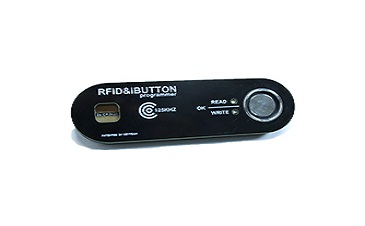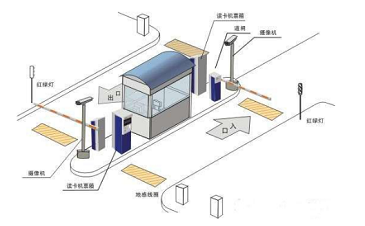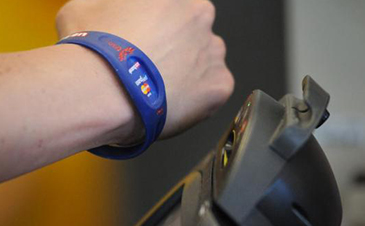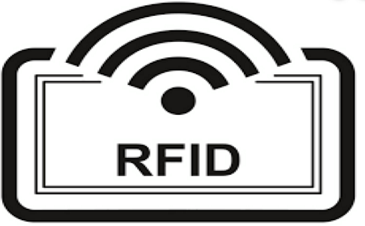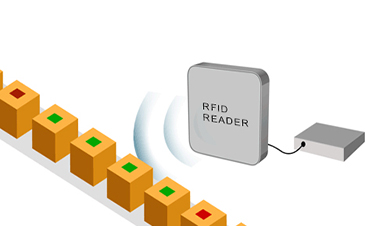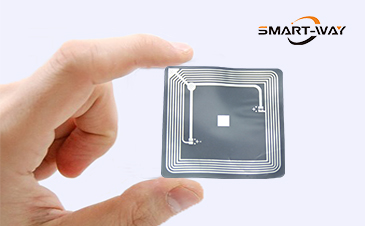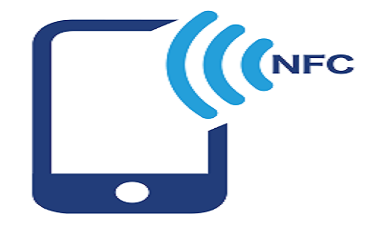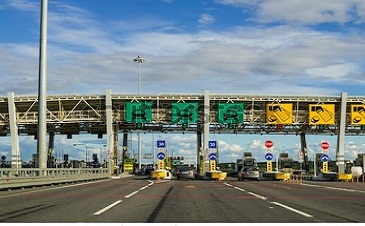Reviewing the construction and development process of the toll collection system accompanying the highway construction for 20 years, it has experienced development and reform from the aspects of charging system, charging method, and pass ticket. The networked electronic non-stop charging is the most advanced charging technology method. Bright debut and constantly upgraded to the whole line, and every stage of development in this process has achieved a lot of experience and results, all of which have condensed the efforts of many colleagues in many departments, is the crystallization of the collective wisdom of the industry.
Charging system
The introduction of the highway toll system into China is, first of all, how to determine the charging system that suits China’s national conditions. The choice and determination of the charging system is the basis and core of the highway toll system, and should be based on the principle of obtaining maximum economic benefits and facilitating the attraction of traffic.
1.Closed
Looking back on the mid-to-late 1990s, with the development of highways leaping, most of the highways that have been opened to traffic have adopted a large-scale operation mode of “integration and management”, which is almost unlimited by the investment and financing system. Based on this large background, the closed type has gradually become the mainstream system of highway tolls in China. After years of development, it has basically been recognized by the road industry inside and outside. At present, only some road sections are subject to historical limitations. Mixed or open.
2.Open
The open type is mainly applied to ordinary toll roads such as most secondary roads. In the 1980s, the more than 300 kilometers of Zhongshan Expressway in Taiwan Province was also open-ended. In addition, in the western Xinjiang Uygur Autonomous Region, due to the constraints of high-grade highway standards and traffic volume distribution in the early stage of construction, different sections have been selected for different sections. For example, the Turpan-Urumqi-Dahuangshan high-grade highway is Open style.
3.Mixed
Hybrid is mainly applied to individual shorter expressways, mainly to improve charging efficiency, reduce the setting of main line stations, and reduce operating costs. For example, the Beijing-Shenyang Expressway Hebei Langfang Expressway, the Beijing Capital Airport Expressway, the Nanjing Airport Expressway, and the Xinjiang Uygur Autonomous Region Urumqi-Kuiyu Expressway are hybrid.
Charging method
The charging method is a general term for which technical level and technical scheme are used to charge after the charging system is determined. Since the introduction of toll facilities into the expressway, the charging method has gone through a process from low to high, from simple to rich. Looking back on the development process of highway toll collection system, the charging methods mainly include manual charging method, artificial semi-automatic charging method and electronic non-stop charging method. The metering and charging method can also be applied to trucks as needed.
1.Manual charging method
The manual charging method is based on the paper fee receipt stub as the basis for the payment of the toll collector. It relies entirely on the manual charging method for the charging operation and the charging data statistics management. In the early closed toll road section, the entrance fee and the export inspection ticket are basically adopted in many places. Charge management program. With the advancement of technology and the improvement of management requirements, the manual charging method has basically withdrawn from the historical stage.
2.Artificial semi-automatic charging method
The artificial semi-automatic charging method is “manually discriminating models, manual charging, detector checking, closed-circuit television monitoring, non-contact IC cartoon coupons and computer management”. This charging method has become the mainstream mode of highway toll charging at present stage. Most provinces (autonomous regions and municipalities) have implemented provincial or provincial highway toll collection fees in accordance with artificial semi-automatic charging methods, and their technical solutions, technical standards and operational management models have matured.
3.Electronic non-stop charging method
The electronic non-stop charging method uses the advanced technology such as dedicated short-range communication as the means to automatically complete the electronic toll transaction, and automatically collects the road toll fee without parking. This method adopts the “two-piece electronic label + dual interface CPU card” technology. The CPU card is used as an extended storage medium for a two-piece electronic tag with an IC interface, and has the functions of a pass ticket and a payment medium, thereby realizing compatibility between the electronic non-stop charging system and the artificial semi-automatic charging system, and realizing the setting of electronic charging. For the dedicated lane site, the user can use the two-piece electronic tag to pass through without stopping; in the site where only the manual toll lane is set, the user can use the dual interface CPU card to pay for the card and pass the parking mode.
In October 2003, Guangdong Province implemented the implementation of the networked electronic non-stop charging system project in accordance with local standards; in May 2007, the national electronic non-stop charging technical standard GB/T20851.1~6 “Electronic toll-specific short-range communication” The series of standards has been released and implemented. This standard has fixed the results of China’s independent research and development of electronic non-stop charging standards for many years, laying a solid foundation for the development of China’s electronic non-stop charging technology; in December 2007, Fujian Province in accordance with the province The implementation of the national standard opened the first phase of the networked electronic non-stop charging system. In developed countries such as Europe and Japan, toll stations usually have both semi-automatic toll lanes and non-stop toll lanes, and there are almost no toll stations with only one non-stop toll lane. It can be foreseen that for a long time in the future, highway toll charging must be a situation in which artificial semi-automatic charging methods and electronic non-stop charging methods coexist for a long time, and the electronic non-stop charging method is the mainstream mode of the next phase of network charging.
4.Weighted charging method
The weight-based charging method uses the measured axle load, wheelbase, and number of axles in the field to collect vehicle tolls based on the total weight of the vehicle. This method is mainly for manual identification of truck models in manual semi-automatic toll collection. A charging method proposed by the “big ton small standard”, “one car multiple certificate”, “overrun and overload transportation” and other drawbacks. In September 2005, the competent department of communications under the State Council issued the “Guiding Opinions on the Trial of Tolls for Toll Roads”, aiming at the adjustment and improvement of the classification of truck models with manual semi-automatic toll collection methods. It is a fair, reasonable and scientific way of collecting tolls. Since the beginning of 2004, 19 provinces (autonomous regions and municipalities) have implemented highway toll collection fees.
Pass
The closed type is charged according to the actual mileage of the vehicle, so the pass must be used as the basis for calculating the toll of the vehicle. Looking back on the 20-year history of highway toll system construction and development, various types of passes can be introduced and developed. For example, one-time pass tickets include pre-printed paper passes, paper print tickets, paper punch cards, and paper. Reusable pass coupons include magnetic pass cards, contact IC pass cards and non-contact IC pass cards, such as magnetic magnetic pass coupons, paper 1D barcodes and paper 2D barcodes. After many years of practice verification, the Technical Requirements for Toll Road Networking Charges finally determined that the pass ticket uses three types: non-contact IC pass card, disposable paper magnetic coupon and two-dimensional bar code. Other forms of pass tickets eventually withdraw from the historical stage.
Networking charge
The Interim Technical Requirements for Expressway Networking Charges, which was promulgated and implemented in October 2000, has greatly promoted the domestic network charging. It basically solved the shortcomings of “one case, one discussion” in highway toll collection and broke through the construction management system. The restrictions have enabled provincial or provincial regional network charges. By the end of 2007, 27 provinces (autonomous regions and municipalities) including Jiangsu, Guangdong, Zhejiang, Chongqing, Hunan, Fujian, and Jiangxi had implemented provincial or intra-provincial regional highway tolls, and the total mileage of networked charges was about 52,000 kilometers. . Recalling the development history of highway toll collection, it can be summarized into three stages: provincial or provincial regional network charging, inter-provincial national highway main line charging and current inter-provincial regional economic circle charging.
1. Provincial or provincial regional network charges
In the development process of highway toll collection, the toll operation mode established by the 143-kilometer Beijing-Tianjin-Tanggu Expressway, which was completed and opened to traffic in 1993, should not be forgotten. Although the investment and construction of the Beijing-Tianjin-Tanggu Expressway involves Beijing, Tianjin and Hebei provinces, in order to reduce the main line station, the two cities and one province use the Beijing-Tianjin-Tanggu Expressway as an asset to form a franchise company that crosses the provinces and cities in accordance with the line-based joint charges- Huabei Expressway Co., Ltd. unified the implementation of toll operation management, which laid a good start for highway management.
Typical representative provinces for provincial network charging are Zhejiang, Fujian, Hunan, Chongqing and other provinces and cities. Taking Zhejiang as an example, starting in 2002, the province’s expressways were used as a road network to implement network charging, and a network-based charging management center was set up to take charge of the technical services such as settlement and allocation of highway tolls in the province. IC card is the core artificial semi-automatic network charging technology, research and development of unified network charging software, any toll fee income, split within 48 hours into the financial account of each road company, the traveler is stuck in one hand. Zhejiang. The typical representative provinces for regional network charging in the province are Jiangsu, Guangdong and other provinces. In 2002, Jiangsu began to use the Yangtze River as the boundary, using the Jiangyin Highway Bridge on the Yangtze River and the Nanjing Second Bridge and other main line stations to divide the province’s expressways into two road networks in southern Jiangsu and northern Jiangsu to implement networked tolls. Jointly set up a network charging management committee with the nature of industry associations to jointly manage the specific affairs within the road network, and set up a network charging management center in Sunan and North Jiangsu respectively, using artificial semi-automatic network charging technology with non-contact IC card as the core. .
In 2003, Guangdong Province divided the province’s expressway network into six districts in western Guangdong, northern Guangdong, eastern Guangdong, Guangzhou, the Pearl River Delta and Shenzhen, and established a networked toll franchise company that is not for profit. The government granted its networked toll franchise, unified responsibility for the province’s road network charging and electronic non-stop charging implementation and technical support work, and the network charging technology adopted a combined electronic system based on “two-piece electronic label + dual interface CPU card”. The parking fee technology has established a mandatory local standard “Guangdong Province Expressway Networking Toll System”. The province uses a non-cash payment card in a toll station with a large traffic volume to realize the electronic card “one card”.
2.Cross-provincial national highway main line network charges
Provincial or provincial regional network charging charges only solve the problem of segmental construction section charging, and realize the network charging of highways under the jurisdiction of administrative divisions, breaking through the restrictions of the highway construction management system. In October 2003, the Ministry of Transport organized and implemented the inter-provincial national highway main line Beijing-Shenyang Expressway network toll demonstration project, in accordance with the “full line networking, district settlement” program, the Beijing-Shenyang Hebei Langfang section, Tianjin section, Hebei Baoshan section And the 5 sections of the West Outer Ring Road and the Tangjin Expressway in Tangshan, Hebei Province, form a toll road network to implement network charging, set up the Beijing-Shenzhen Internet Charge Settlement Center, and canceled the two provincial boundary line stations, not only breaking through the restrictions of the construction management system, but also breaking through Restrictions on administrative divisions. The opening of the Beijing-Shenyang demonstration project fully demonstrates the service concept of “people-oriented, car-oriented”, further enhancing the confidence of extensive and in-depth promotion of highway network charging, and also accumulating a complete set of cross-provincial national trunk line charging technology. Experience has laid a solid technical foundation for the further development of highway toll collection technology.

